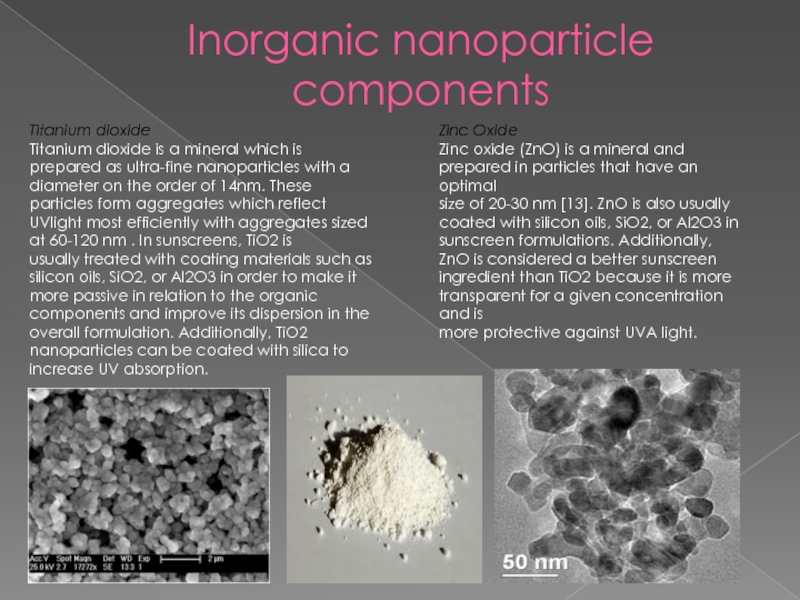of visible light, but longer than X-rays, that is, in the range
between 400 nm and 10 nm, corresponding to photon energies from 3 eV to 124 eV. It is so-named because the spectrum consists of electromagnetic waves with frequencies higher than those that humans identify as the color violet. These frequencies are invisible to most humans except those with Aphakia. Near UV is visible to a number of insects and birds.Wavelength:Visible light (400 nm) > UV > X-rays (10 nm)Photon energies: 3 eV (electron volt) to 124 eVEmitted by:Sun, electric arcs, mercury lamps and black lights




























